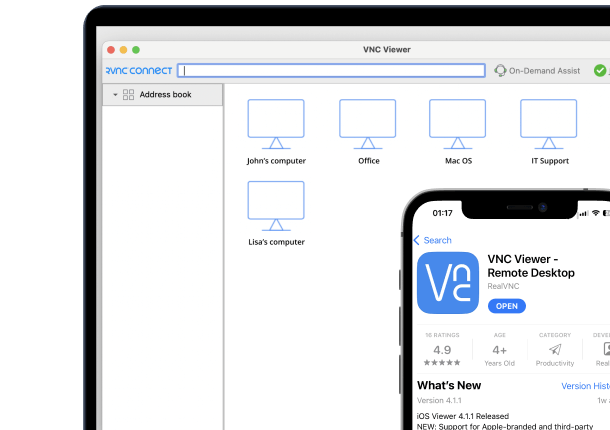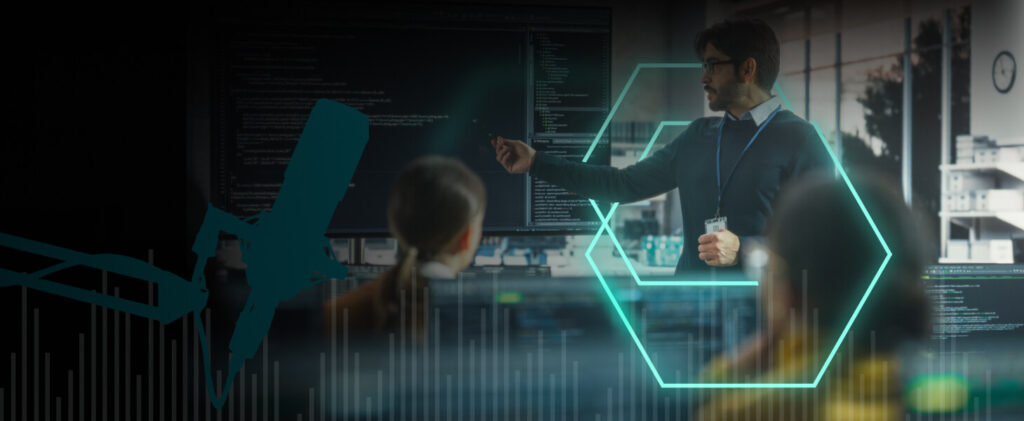Depending on your business needs, you might even require both options for different functions. In this blog we will look at the difference between cloud and direct connections, and how each can be used within a business.
What is a direct connection?
Direct connections in remote access software were originally the only way to connect between a user and a device.
When remote access software made its debut over two decades ago, the internet was still in its fledgling stages, and the cloud was a distant dream – every connection was made directly from user to device – no third parties involved.
Direct connections are still popular today for connecting within a closed network without internet access, such as a LAN.
They are highly configurable, allowing you to comply with your security policies or network environment.
A remote desktop direct connection can also be made across an external network, but to do this you’ll need to be able to configure every single firewall between the two computers. This could be useful for an employee regularly working from home, but not as much for a travelling employee using hotel Wi-Fi.
Pros of direct connectivity
- It operates in closed networks without internet access
- It offers compliance with security policies
- It’s highly configurable for specialized requirements
Cons of direct connectivity
- Can require significant technical knowledge
- Impossible to establish through routers and firewalls not accessible to you
- More complex management and greater administrative overheads
What is a cloud connection?
Cloud connections are a little bit different. As the name indicates, remote desktop cloud connections are made through a cloud service, and require both devices to be connected to the internet.
Connections made through the cloud are generally easier to manage, and are configurable without specific technical knowledge.
There are two different type of cloud connections. The first type uses the cloud service as a relay mechanism for data between the two devices, passing data through the cloud service.
However, this can sometimes degrade performance, depending on the speed of your connection, and introduce another link in the security chain, creating another potential attack vector.
In the second type, the remote access software will establish a “cloud-brokered” connection. This means that a connection is initially made between the two devices by the cloud service, but once the connection is established, the cloud service steps back. The two devices can then communicate directly without data being relayed through the cloud.
Pros of cloud connectivity
- Quick and easy to configure with no special technical knowledge required
- You can connect to your computers that are behind firewalls owned by third parties
- Flexible support for a mobile workforce
Cons of cloud connectivity
- Introduces additional security considerations
- Can’t be configured for special requirements, such as the need to establish and manage the route of your connections
- It’s dependent on a 3rd-party cloud service infrastructure
Which is better?
This depends entirely on what you’ll be using remote access for. Cloud connections are the way to go if both devices will be online, and access will be needed outside of owned networks.
If regulatory compliance is an issue, or if the device you’ll be accessing is not connected to the internet, then direct is the way to go.
If you’re not sure which connection type your business needs, it may be best to seek a solution offering both capabilities.
VNC Connect provides both cloud and direct connections within the Enterprise subscription, at an affordable price. You can try it out for free for 14-days here.
To learn more about cloud vs direct connections, you can check out our free whitepaper, or download our handy checklist below.






